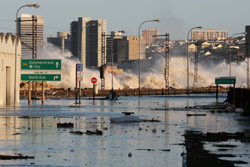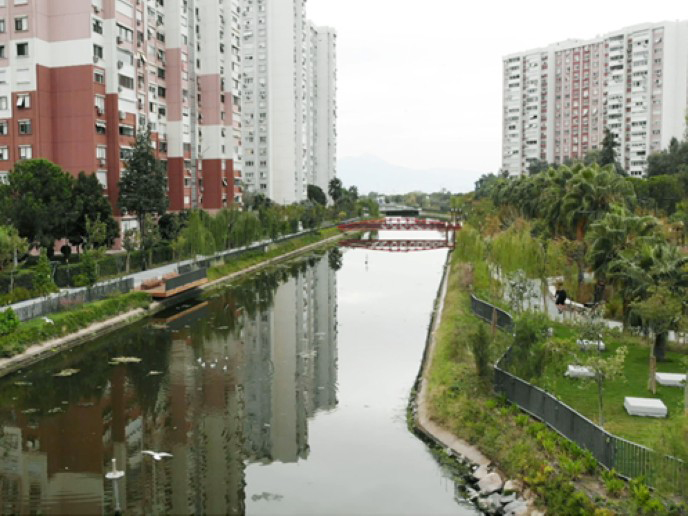Managing stormwater runoff risk
Heavy rainfall during intense storms generates large volumes of runoff that are often highly contaminated. As the frequency of severe weather events is forecast to increase in the coming decades, developing effective stormwater management practices is essential. Before the first drops of rain fall, it is important to perform preliminary studies to establish the vulnerability of urban areas to such phenomena. To facilitate this process, the DAYWATER consortium developed a methodology based on indicators, complete with complementary software-based tools. During the three-year research project, the new tools were tested by a number of different end-users in the context of several case studies. The feedback was positive and highlighted the advantages of using indicators. In fact, one recommendation was to expand the range of available indicators, enabling the stakeholders to focus on aspects relevant to their area of interest. The construction of indicators relies on valid source data, which is often merged with data from Geographical Information Systems (GIS). Another proposal evolving from the DAYWATER research is the call to encourage the Public Participation GIS (PPGIS) concept. This will help involve the local population in the decision-making process on water management issues. A summary report has been compiled by the DAYWATER partners that explains the terminology, the methodology and the different groups of indicators. Future work will target additional case studies to further fine-tune the vulnerability screening tool.







